Visit Bolivia: what are the best things to see and do on a trip to Bolivia?
Far from mass tourism, Bolivia is an unknown destination for travellers. Yet, it is probably the most authentic country of America South. Shared between the Amazon and the Andes, this mosaic country, which houses dozens of ethnic groups, has an exceptional landscape and cultural wealth. Cap on the 10 must-see destinations in Bolivia.
1. La Paz
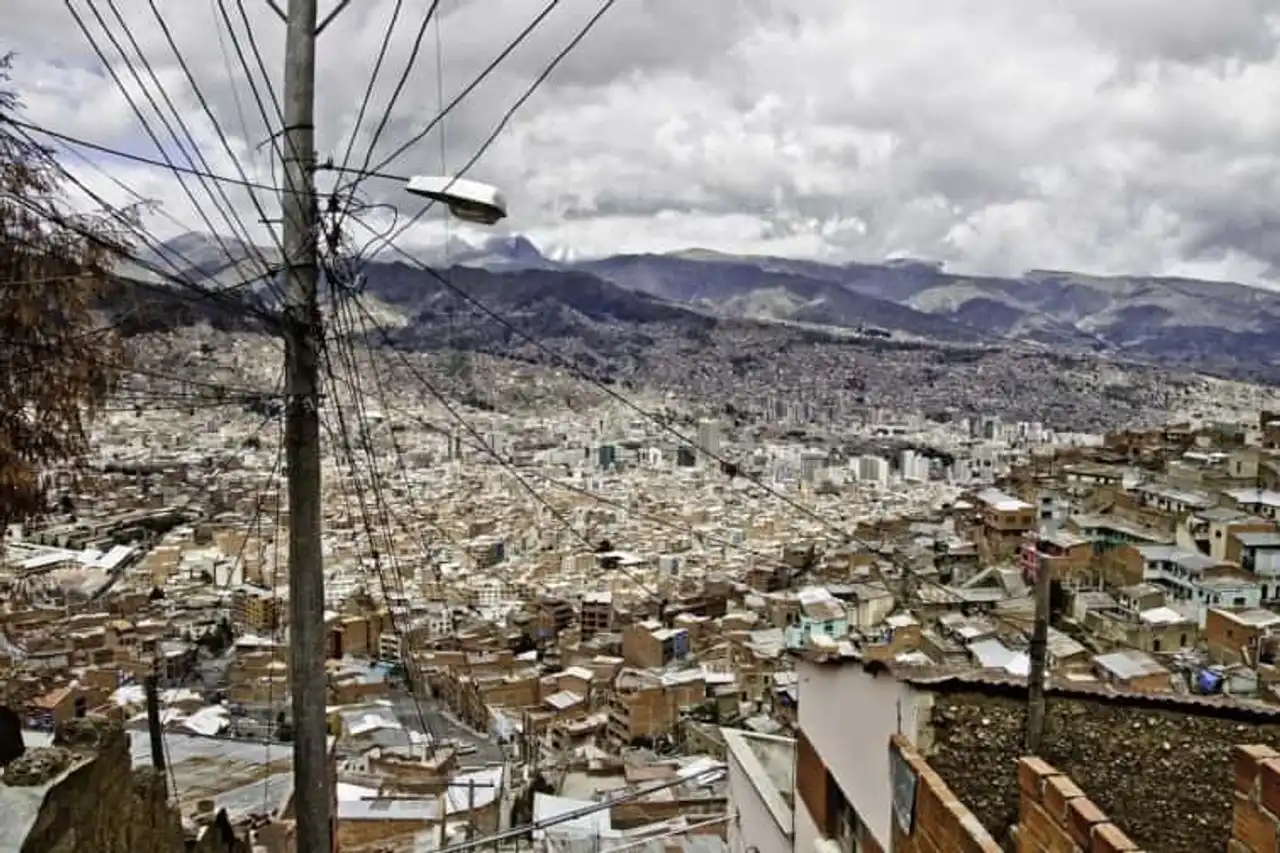
The capital of Bolivia, nestled in a canyon at the foot of the Andean Cordillera, is surprising. The traditional markets that spread across the streets of the old city and the houses hanging on the slopes of the slopes compete with the modernity and dynamism of this metropolis. The Mirador Killi Killi , located on the heights of La Paz , offers to see a beautiful view of the capital. About 15 km from there is the Valley of the Moon : strange craters and sculpted columns formed by the erosion of the rocks invite the traveler to think that he left the Earth.
Dominating the city, the Royale Cordillera , majestic mountain chain with snowy summits, offers many hikes in an absolutely exceptional setting and constitutes a true paradise for trekkers.
2. Lake Titicaca
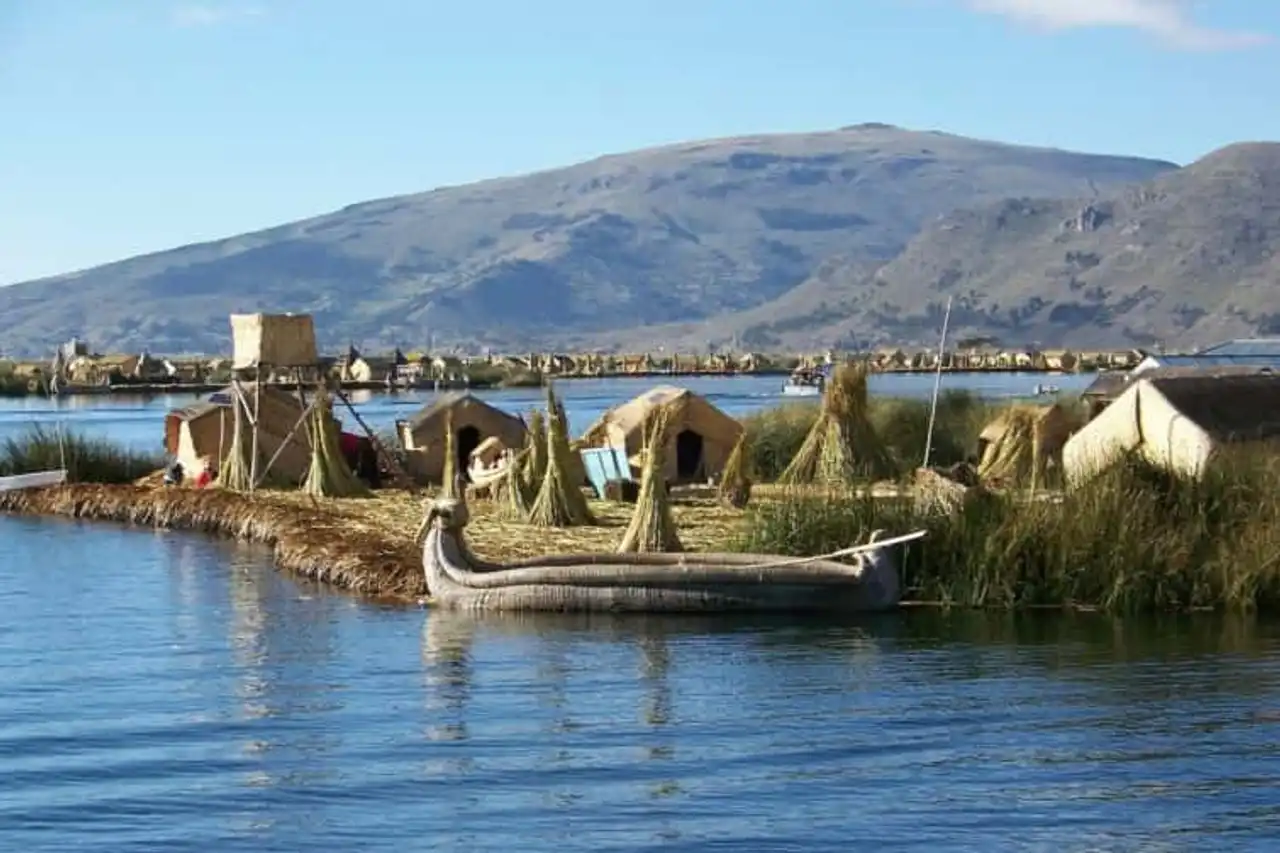
The mythical place of the Andes Cordillera, the Titicaca is the highest navigable lake in the world. This is where the Incas civilizations or the Tiwanaku would be born. This high place of Andean culture houses several islands and archaeological sites, which testify to the heritage of the region. A walk around the lake allows you to fully enjoy the beauty of the place, with the clear waters of the lake and the beautiful light that is reflected in it.
3. Sajama National Park
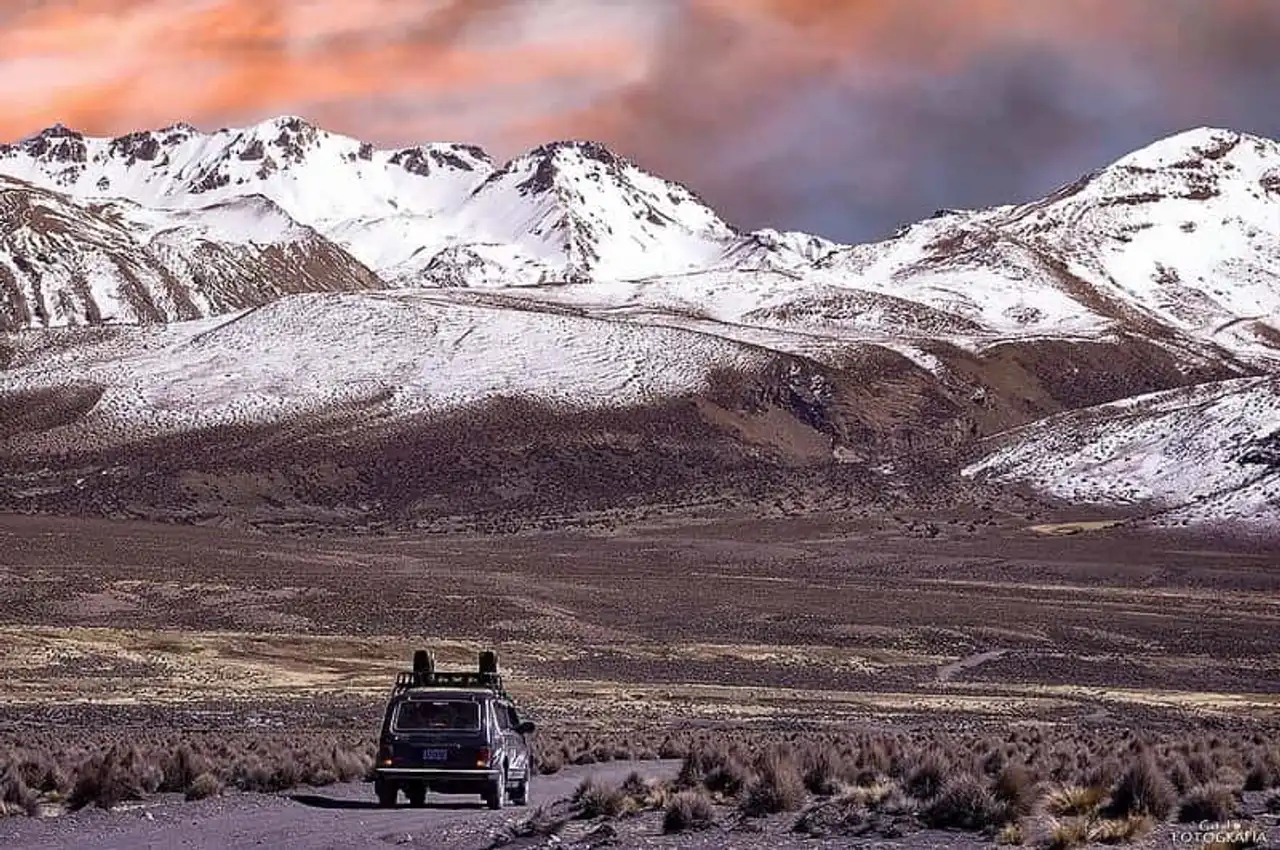
Photo credit: Flickr – Gatol fotografia
Further south is the Sajama Park, which was the first created in Bolivia. It houses the eponymous volcano, the highest peak in the country, as well as many natural treasures, such as geysers, thermal waters and small traditional villages.
4. Salar d’Uyuni
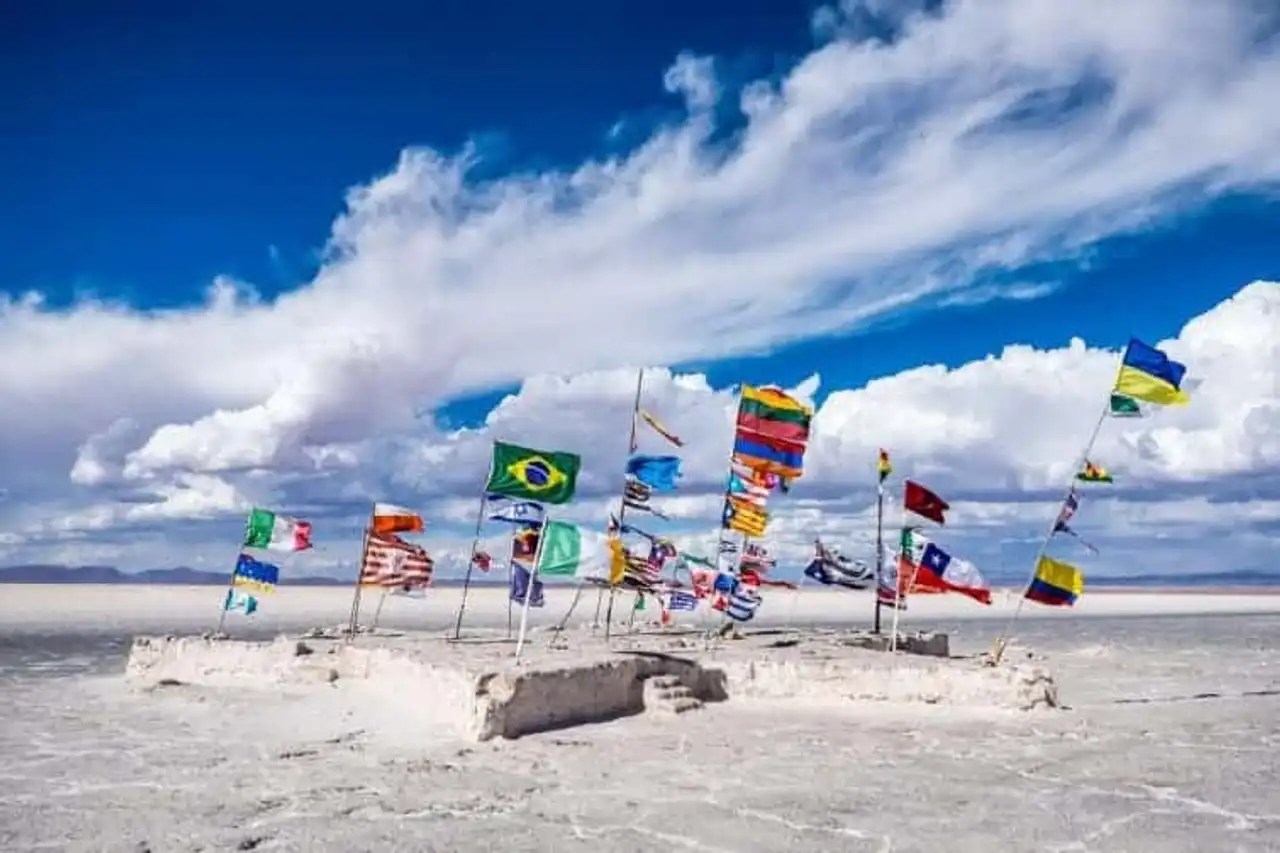
The largest desert of salt on the planet is a compulsory visit to Bolivia. These vast white expanses, at almost 4,000 m above sea level, offer an absolutely extraordinary spectacle. In this region are also present geysers, volcanoes, lagoons and picturesque villages. Inca Huasi Island, with its giant cactus, offers a very remarkable panorama of the salary and the Tunupa volcano.
5. The Lipez region and the Joy Route
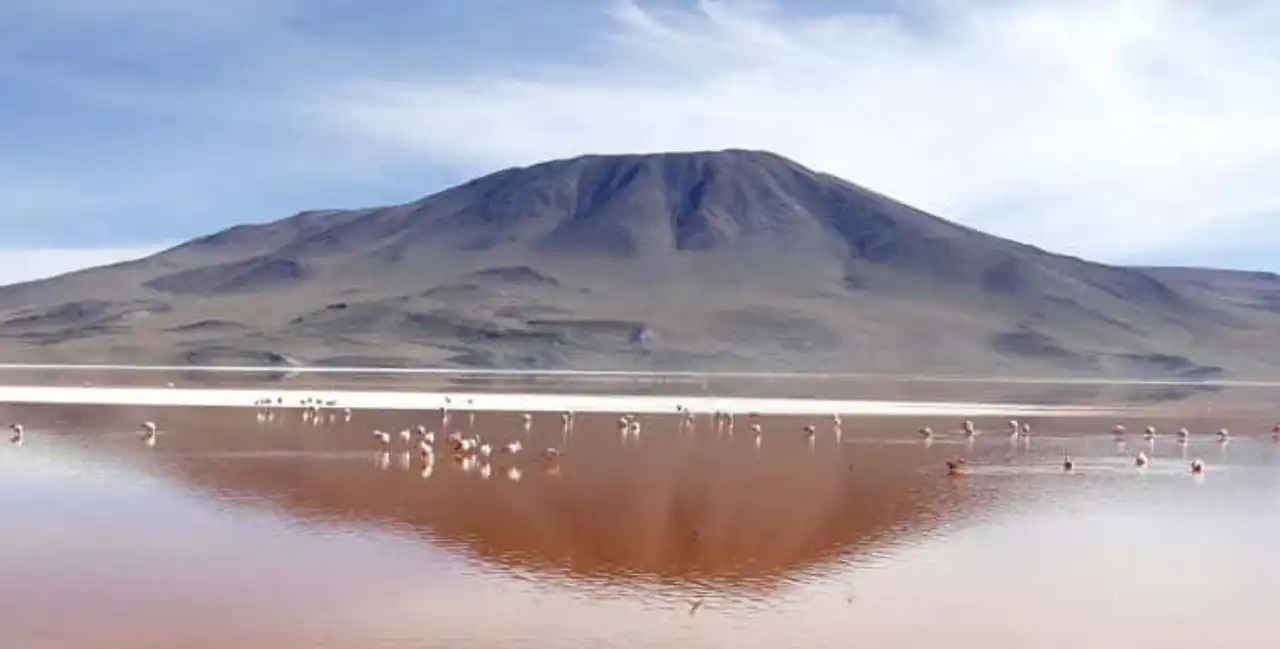
This region hides many wonders: not far from volcanoes and colorful mountains are beautiful lagoons, all more beautiful ones than others. Because their variety is such that it is impossible to get tired of it: Laguna Colorada is dazzling with its tinted waters of red, while the grey waters of the Laguna Honda are surrounded by a sandy beach. The region also houses three species of pink flamingo, which can be observed in their natural habitat.
6. Potsi
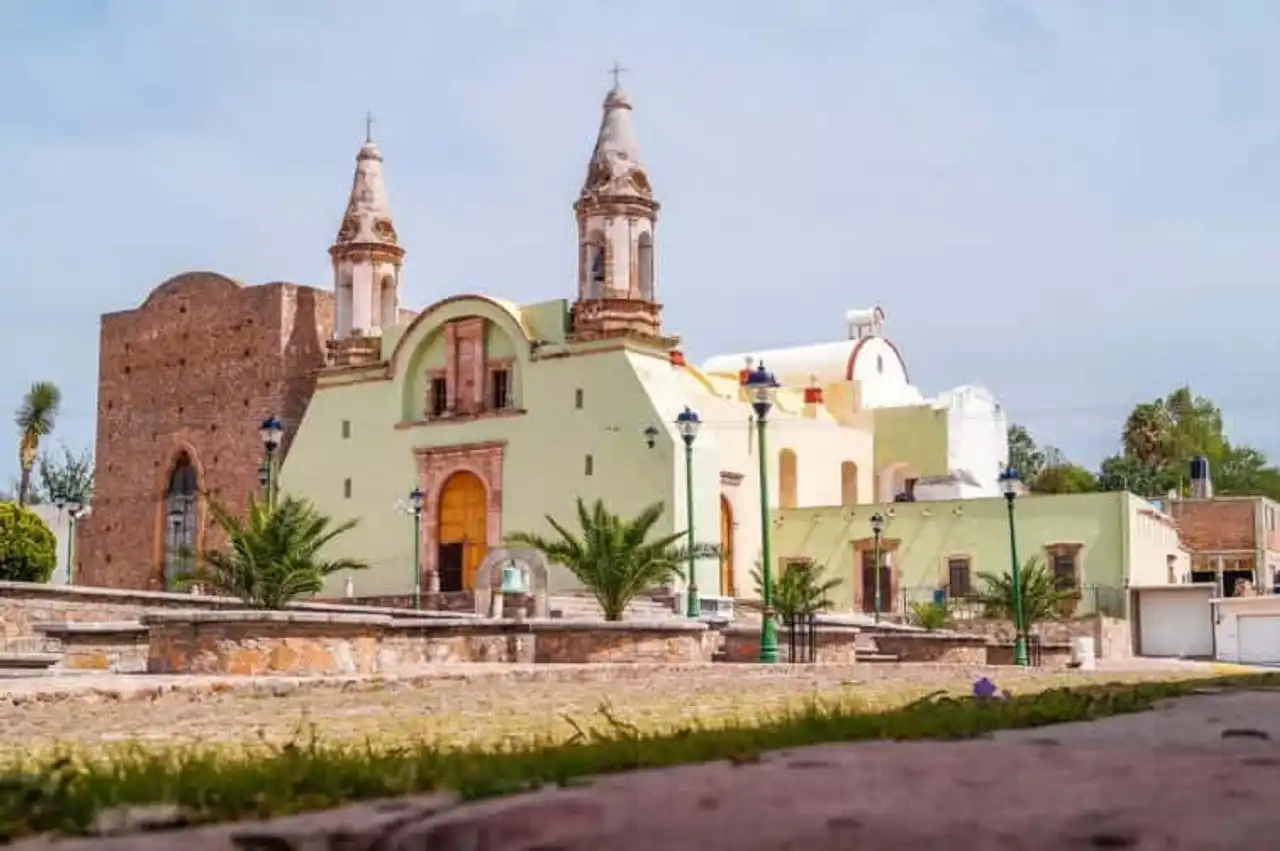
The town of Potosi houses a heavy heritage: its past wealth, from the time of the Spanish colony, emanates from the exploitation of the largest silver mine in the world. This place was therefore the scene of the exploitation of Indians and slaves from the triangular trade, which enabled the enrichment of the Spanish crown. Today, the colonial heritage is still very present, since it is possible to visit many colonial and religious buildings. Money mines are now littered but extracted from the tin. When visitors go there, it is customary to go to the miners market to buy them some gifts, such as coca leaves or fresh drinks.
7. Sugar
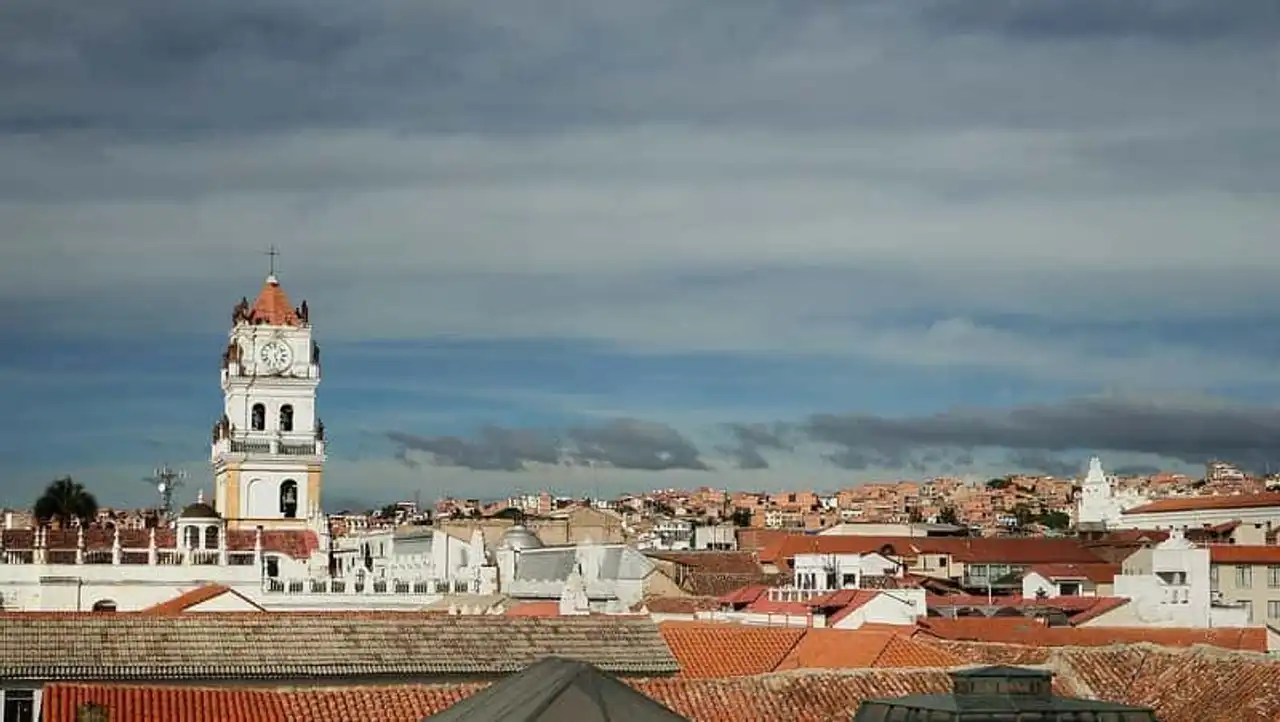
Photo credit: Flickr – choyhoe07
Sugar is the constitutional capital of Bolivia, it was the birthplace of the revolution and independence was signed in the Casa de la Libertad in 1825. This pretty white town also houses an important colonial heritage, which justified its inclusion in the Cultural Heritage of Humanity (UNESCO). We find here a place where he makes good living and walking. Sugar is also nicknamed the eternal city of spring.
8. Torotoro Park
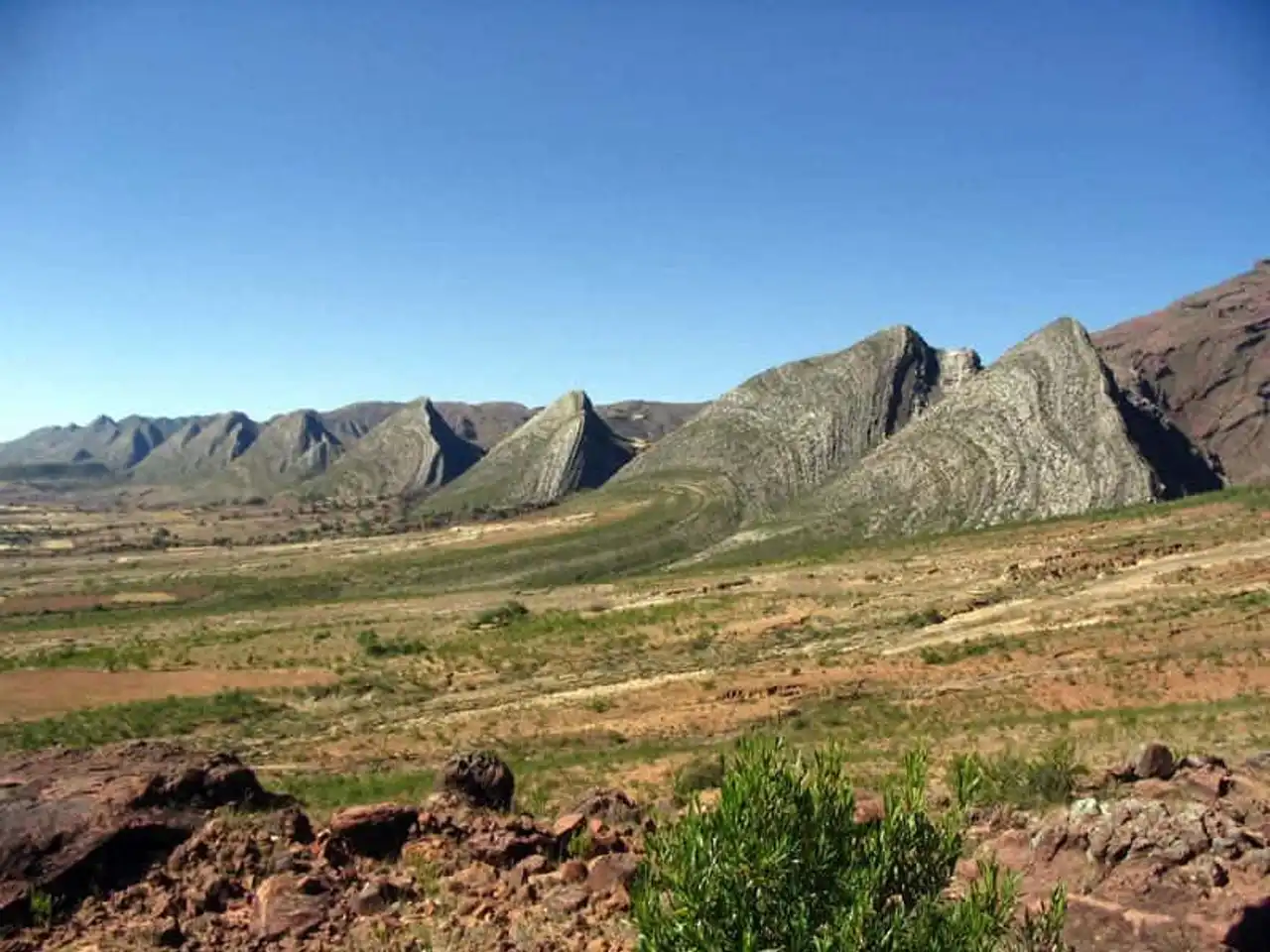
Photo credit: Flickr – Pattrön
Created in 1989 to protect the Ara in the red front, a species of parrot in the extinction, the Torotoro Park houses beautiful landscapes. It enjoys a very beautiful view of the medium coloured mountains and is the natural habitat of many animals, such as puma or Andean cat. One of the specific features of this park is that it keeps track of steps and fossils of dinosaurs, making it a privileged place for paleontologists around the world. A milestone in this heartbreaking park!
9. Santa Cruz and Jesuit missions
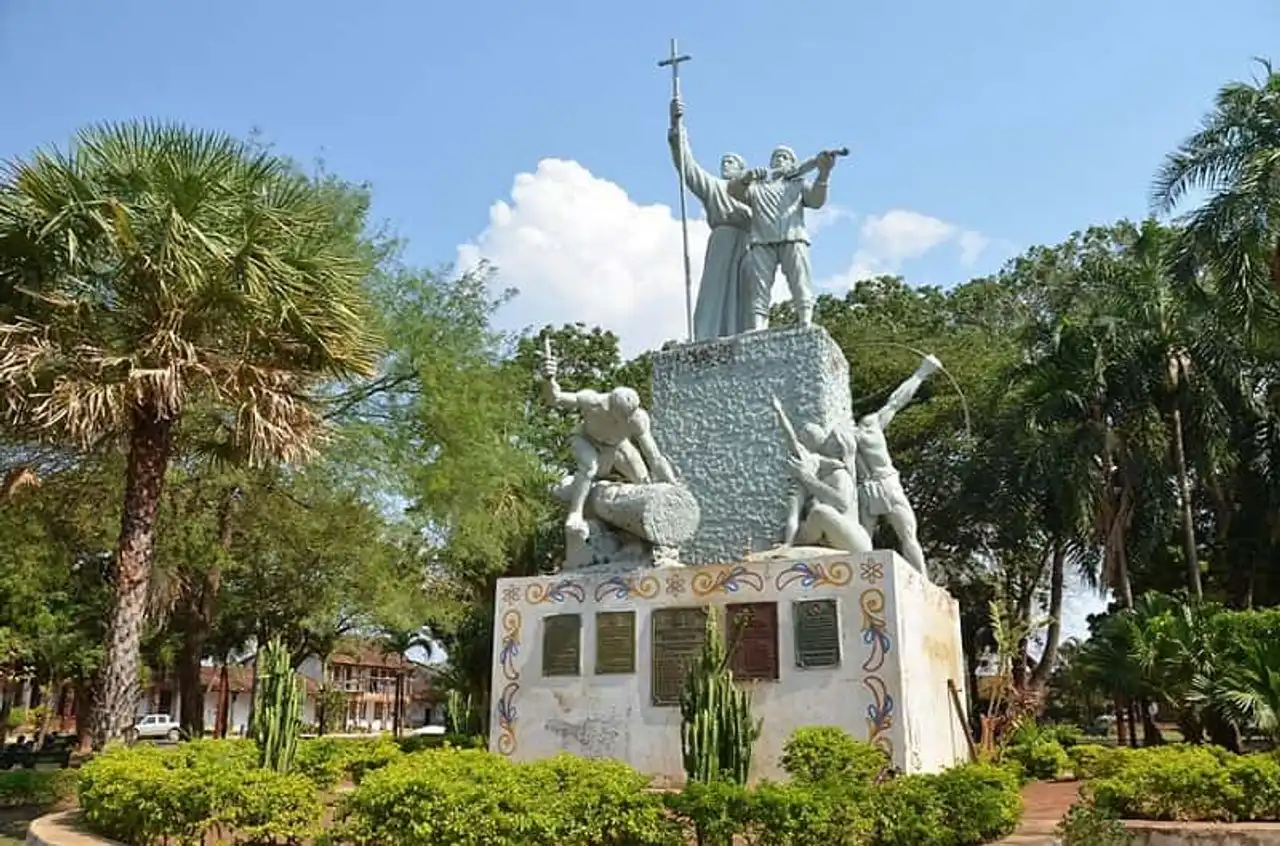
Photo credit: Flickr – Antoine 49
To discover the region of Santa Cruz, to the west of the country. It was here, from the 17th century, that the Jesuit missions were founded. They are now part of the World Heritage of Humanity and are an important legacy for Bolivia. Indeed, the Jesuit missionaries settled in the region with the aim of evangelizing the Indians, but they also shared many knowledge in the field of architecture, music, agriculture and participated in the establishment of an economic and social order. The Jesuit missions thus bear witness to the legacy of European knowledge in Bolivia, contributing to the creation of a Métis culture.
This area also houses Amboró Park in the heart of the Amazon forest. This excursion offers a total immersion in nature, between rivers, rivers, waterfalls and natural pools, all in the middle of a dense and tropical vegetation.
10. Tarija and the Wine Route
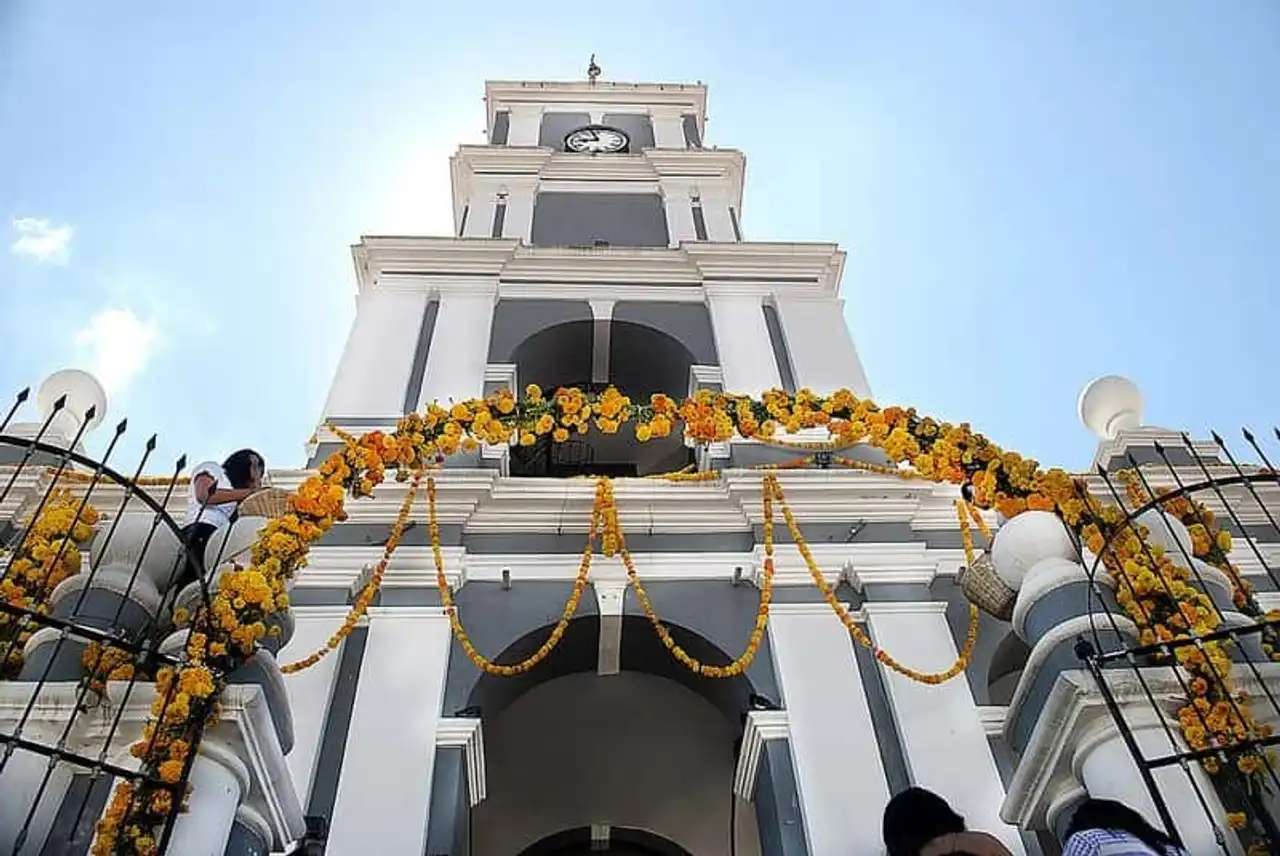
Photo credit: Flickr – Juan_Alvaro
The region of Tarija, south of the country, allows you to discover the wine route and the Bolivian wines, rich in aromas, and whose quality is constantly improving. This epicurean break is followed by the visit of the very pretty town of Tarija, which is not without recalling a Andalusian city. Its colonial architecture and river Guadalquivir, the same name as the Andalusian river, are far from the clichés of the Bolivian city.
How to get to Bolivia?
Des Cheap flights Paris-La Paz are operated regularly, including by Air Europa. To find cheap flights to Bolivia, you can search our partner's website Skyscanner .
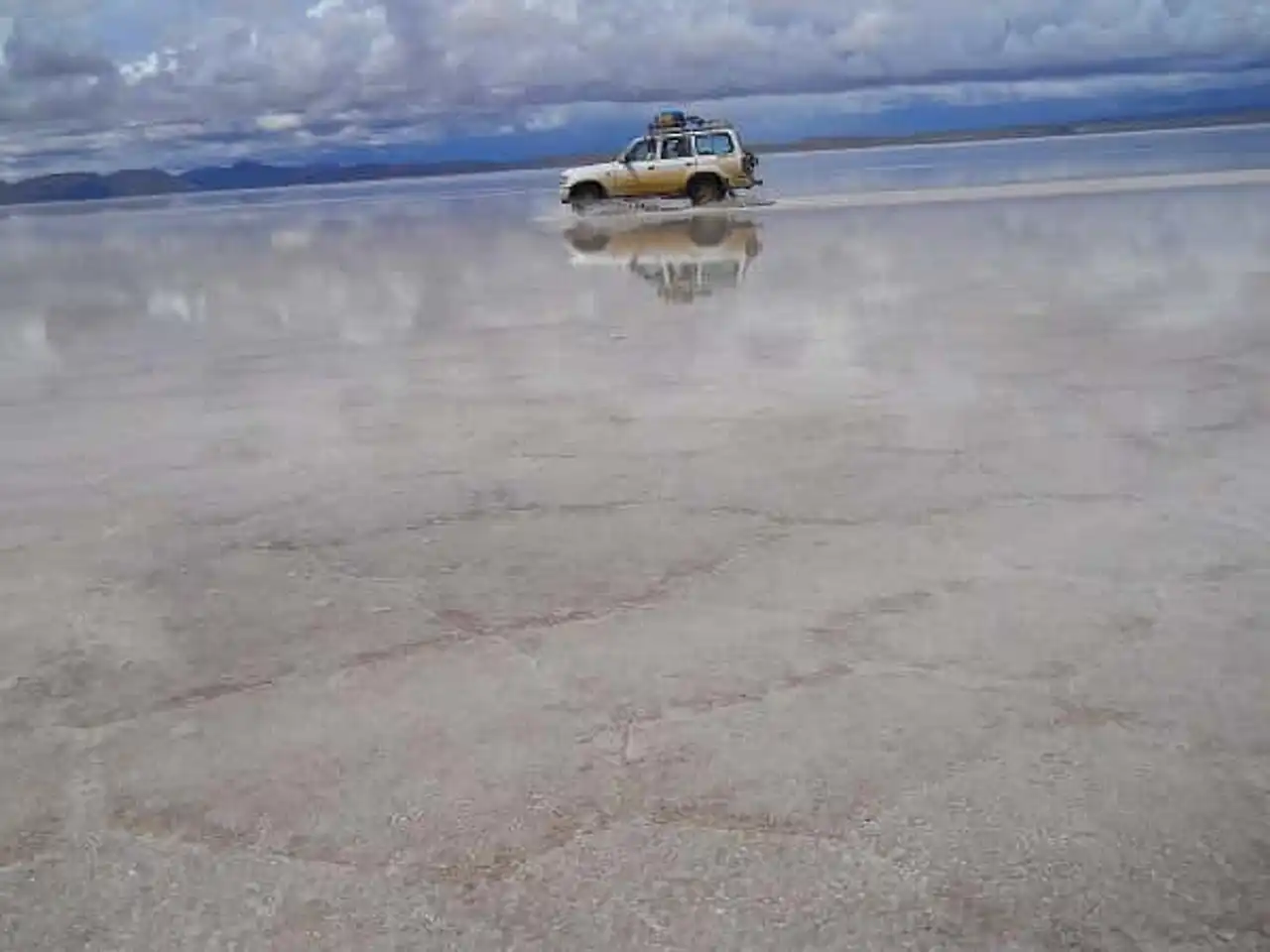




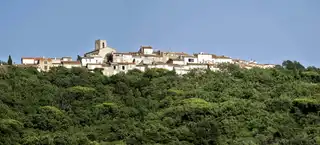
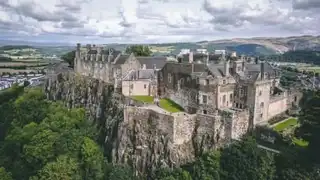
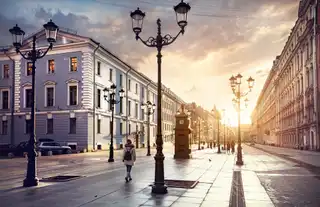
Loading comments ...